Cyber Fraud Statistics & Preventions to Prevent Data Breaches in 2021
Smart Data Collective
SEPTEMBER 22, 2021
The risk of data breaches will not decrease in 2021. Data breaches and security risks happen all the time. One bad breach and you are potentially risking your business in the hands of hackers. In this blog post, we discuss the key statistics and prevention measures that can help you better protect your business in 2021.




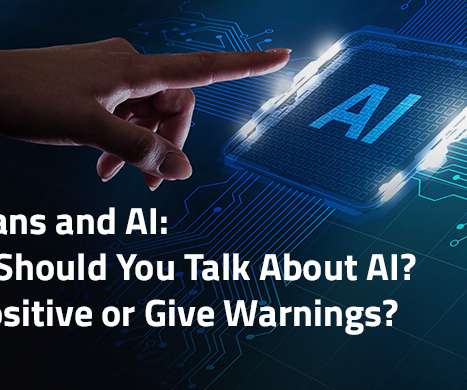




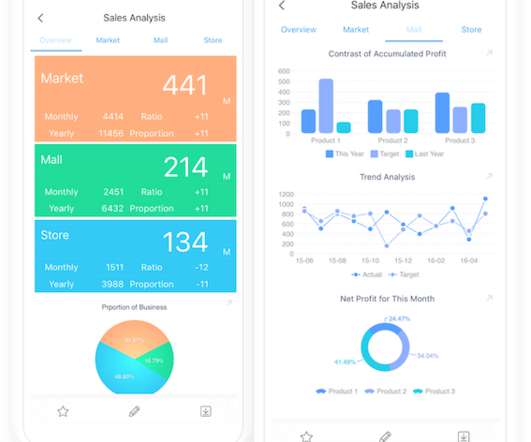

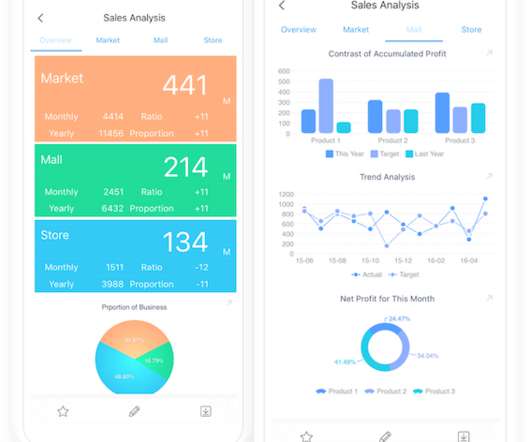








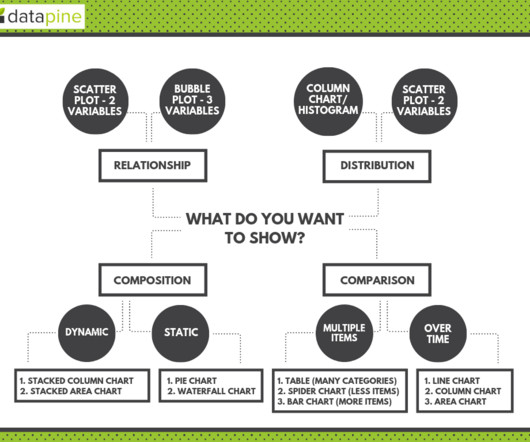
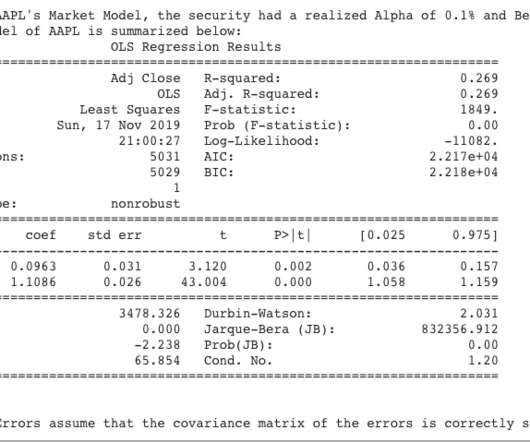













Let's personalize your content